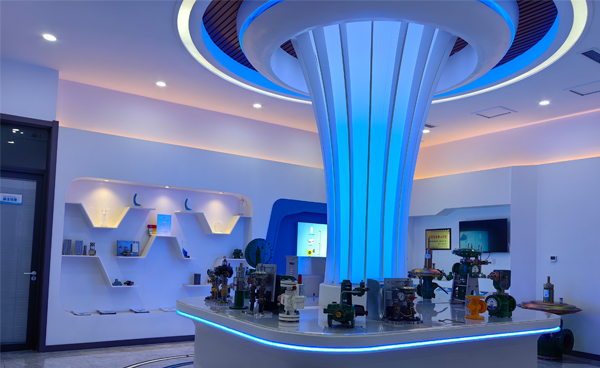
Nov . 01, 2024 05:55
Back to list
Pressure Reduction Mechanism for Enhanced System Efficiency and Safety
Understanding Pressure Reducing Valves Essentials of Pressure Management
Pressure management is a crucial aspect of various industrial and residential applications. One of the key components in maintaining optimal pressure levels is the pressure reducing valve (PRV), commonly referred to as a مخفض الضغط in Arabic. This device plays a vital role in regulating the pressure of fluids within a system, ensuring safety and efficiency.
A pressure reducing valve is designed to lower the incoming pressure from a source, like a water supply line or gas main, to a preset downstream level. The need for such regulation arises because excessive pressure can lead to equipment failure, leaks, and even hazardous situations. By controlling the pressure, PRVs contribute significantly to the longevity of plumbing systems and appliances.
The operation of a pressure reducing valve is relatively straightforward. It typically features a spring-loaded mechanism that modulates the flow of fluid. As the fluid enters the valve, it encounters a diaphragm that responds to the pressure. When the downstream pressure exceeds the preset limit, the diaphragm closes partially, reducing the flow. Conversely, when the pressure drops, the diaphragm allows more fluid to pass, maintaining a consistent and safe pressure level.
مخفض الضغط

Implementing a PRV is particularly important in systems where pressure fluctuations are frequent. For example, in municipal water systems, pressure can vary significantly due to changes in demand. A PRV ensures that consumers receive water at a stable pressure, which protects household plumbing and appliances from potential damage.
In addition to water systems, pressure reducing valves are also widely used in gas distribution networks. The safe delivery of natural gas requires controlling pressure at various points throughout the system. PRVs help prevent overpressure scenarios that could lead to dangerous leaks or explosions.
Moreover, the installation of pressure reducing valves contributes to energy efficiency. By regulating the pressure, these valves can help reduce energy consumption, as appliances operate more effectively at optimal pressure levels. This not only leads to cost savings but also supports environmental sustainability efforts.
In conclusion, pressure reducing valves are essential for effective pressure management in both industrial and residential settings. Their ability to maintain a safe, consistent pressure enhances system performance, prevents damage, and promotes safety. Understanding the functioning and importance of PRVs is crucial for anyone involved in the management of fluid systems.
Latest news
-
Safety Valve Spring-Loaded Design Overpressure ProtectionNewsJul.25,2025
-
Precision Voltage Regulator AC5 Accuracy Grade PerformanceNewsJul.25,2025
-
Natural Gas Pressure Regulating Skid Industrial Pipeline ApplicationsNewsJul.25,2025
-
Natural Gas Filter Stainless Steel Mesh Element DesignNewsJul.25,2025
-
Gas Pressure Regulator Valve Direct-Acting Spring-Loaded DesignNewsJul.25,2025
-
Decompression Equipment Multi-Stage Heat Exchange System DesignNewsJul.25,2025

